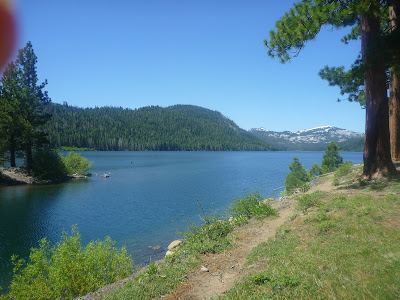 |
| The rockscape of Whaler's Cove |
Mel's Lane Trail is a scenic, half-mile out-and-back path along the California coastline near the Pigeon Point lighthouse. Stroll along and stop anywhere to take in views of Whaler's Cove with Prisoner Rock.
 |
| Mel's Lane Trail, named in honor of Melvin B. Lane |
The trail is named in honor of lifelong conservationist Melvin B. Lane (1922-2007). He was a publisher and defender of California Coast [1,2]. As a visionary, Lane saw—more than 60 years ago—the importance of conserving natural resources along the California coast for future generations.
 |
| Prisoner Rock |
The cliffside trail offers spectacular spots to overview Whaler's Cove wave choreography and to watch for harbor seals, otters, and seabirds.
 |
| Pigeon Point Light Station |
References and further reading
[1] Mel's Lane Trail at Pigeon Point. URL: https://openspacetrust.org/hike/mels-lane/.
[2] Naomi Schwartz, with Linda Krop. Melvin B. Lane 1922-2007. Santa Barbara Independent, Aug. 30, 2007. URL: https://www.independent.com/2007/08/30/melvin-b-lane-1922-2007/.












































